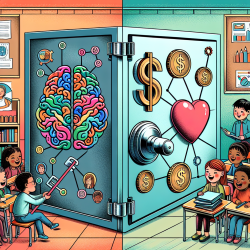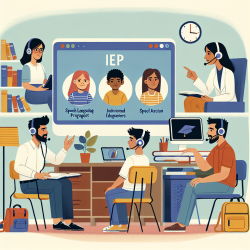Introduction
In today's educational landscape, supporting the mental health and social-emotional learning (SEL) of students is more crucial than ever. However, funding these essential services can be complex and daunting for school districts. This blog aims to simplify the process by providing a comprehensive overview of available funding options and how they can be leveraged to meet the unique needs of each school and district.
How Can This Help You as a District Leader?
As a district leader, understanding the various federal, state, and local funding options is key to effectively addressing SEL and mental health needs within your schools. This resource will guide you through the different funding streams available, helping you to make informed decisions that enhance student support services.
Funding Options to Support Social-Emotional Learning and School Mental Health
- Medicaid (DMH Success Beyond Six): Provides funding for behavioral intervention programs, school-based clinical services, and concurrent education rehabilitation for Medicaid-enrolled students.
- Medicaid (AOE School-Based Health Services): Offers funding for school-based special education services for Medicaid-enrolled students, with certain restrictions on federal dollar usage.
- Title 1 Funds: Aims to close educational achievement gaps, offering support to students at risk due to SEL/MH issues, but cannot be used for IEP services.
- Title 2 Funds: Focuses on professional development for school staff, including training in addressing SEL/MH needs.
- Title 3 Funds: Supports English Learner students, potentially including SEL supports.
- Title 4 Funds: Enhances academic achievement by improving school conditions, including SEL/MH initiatives.
- ESSER Funds: Broadly applicable to SEL/MH uses, addressing needs exacerbated by the pandemic without the supplant requirement.
School Mental Health Funding Decision Visuals
To assist decision-makers, the funding decision visuals are structured as decision trees, guiding you through potential funding sources based on identified needs. These visuals are divided into two categories:
- Universal & Targeted (Tiers 1 & 2): Focuses on services for all students or specific groups.
- Intensive/Individualized (Tier 3): Tailored services for individual students.
These tools help you navigate through funding possibilities by answering "Yes" or "No" questions, ultimately leading you to the most suitable funding options.
Using Funding Decision Visuals
Once a need is identified, use the visuals to determine the appropriate funding source. For universal or targeted activities, assess whether professional learning, new staff hiring, or resource acquisition is needed. For intensive services, consider individual student needs and whether Medicaid or local funds can be utilized.
Conclusion
By effectively utilizing available funding options, school districts can significantly enhance their capacity to support students' mental health and social-emotional learning. For more detailed guidance, district leaders are encouraged to collaborate with AOE Title Directors and other experts.
For more information, please follow this link.










